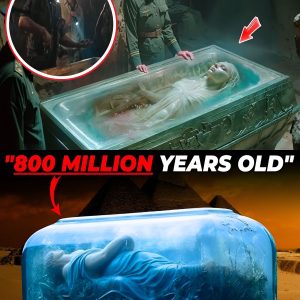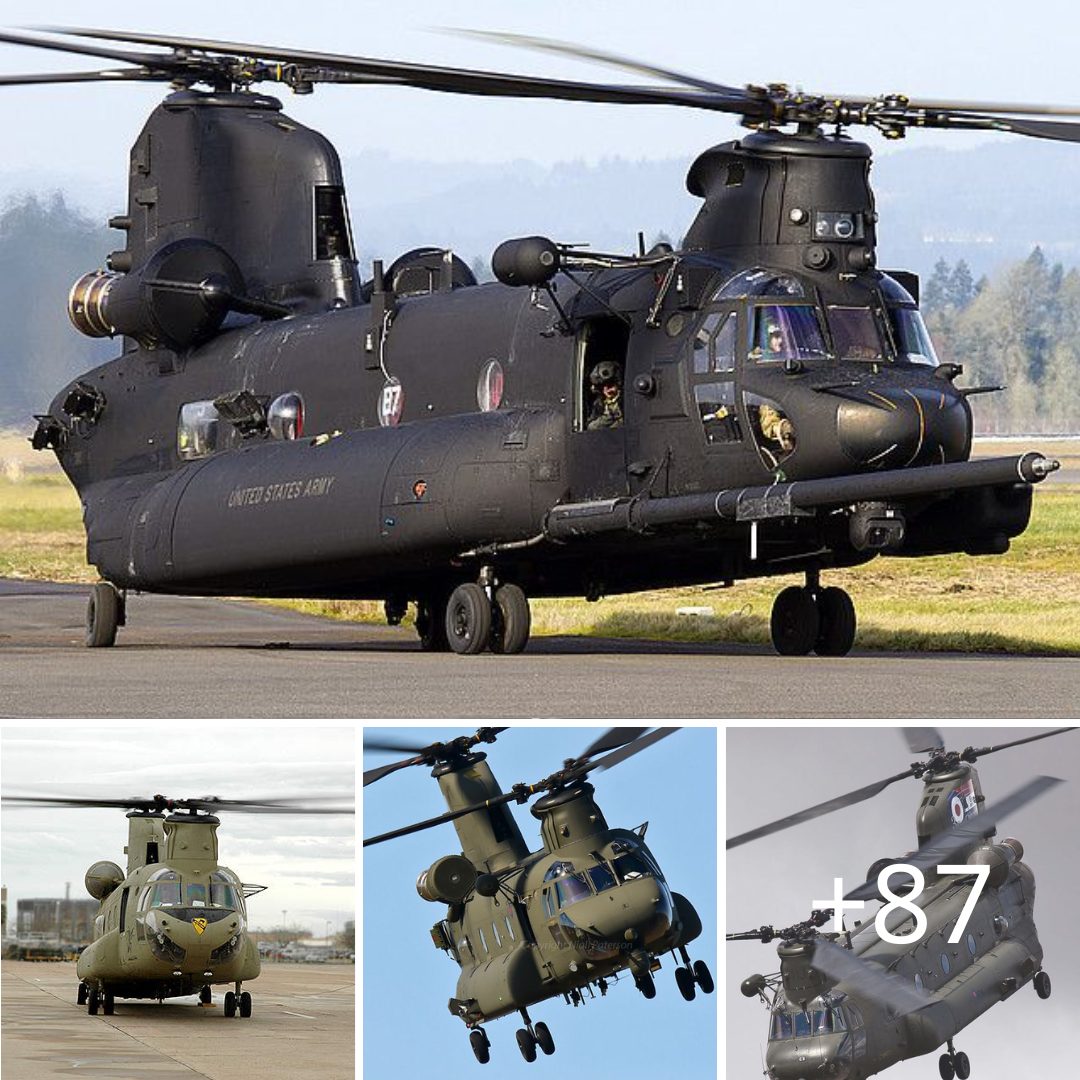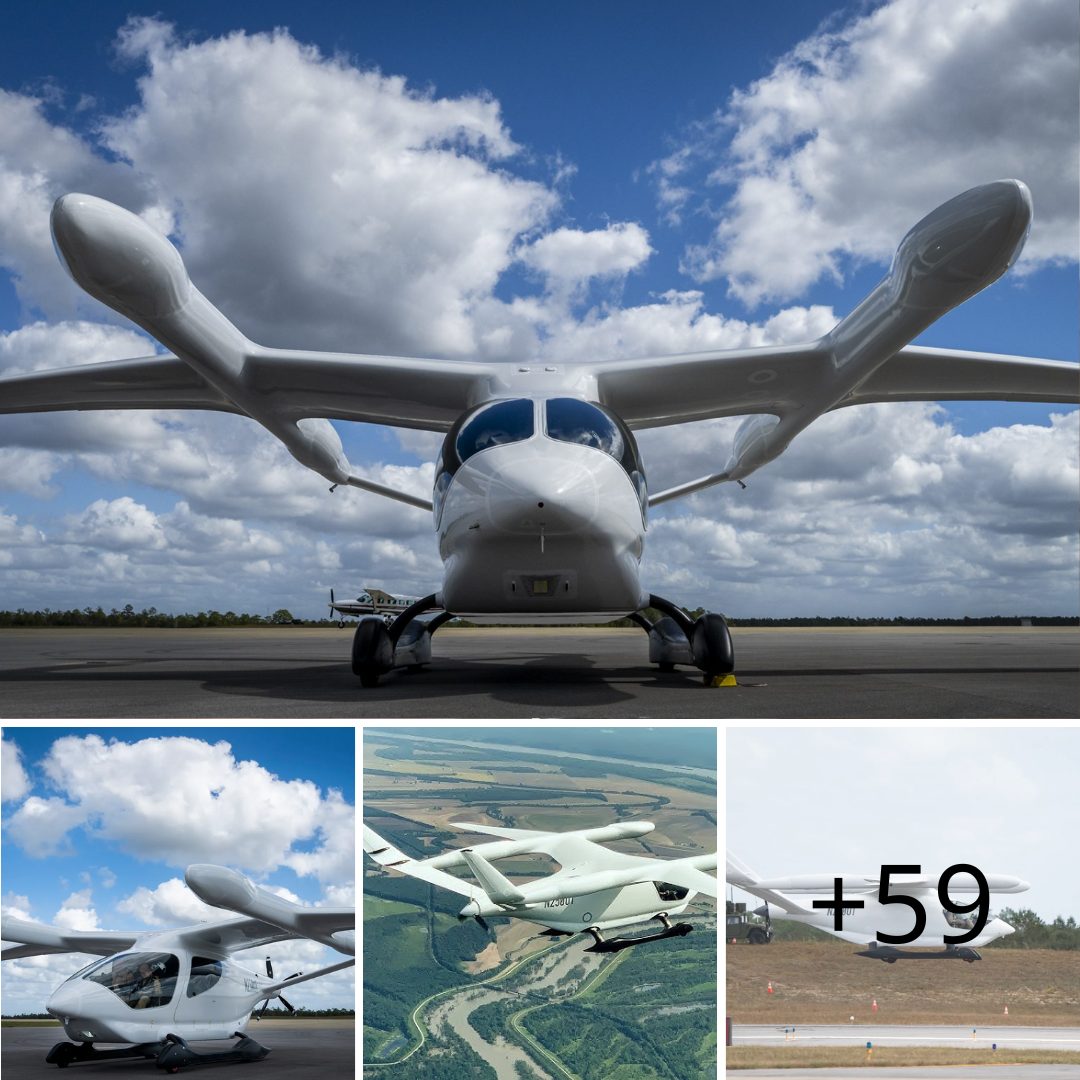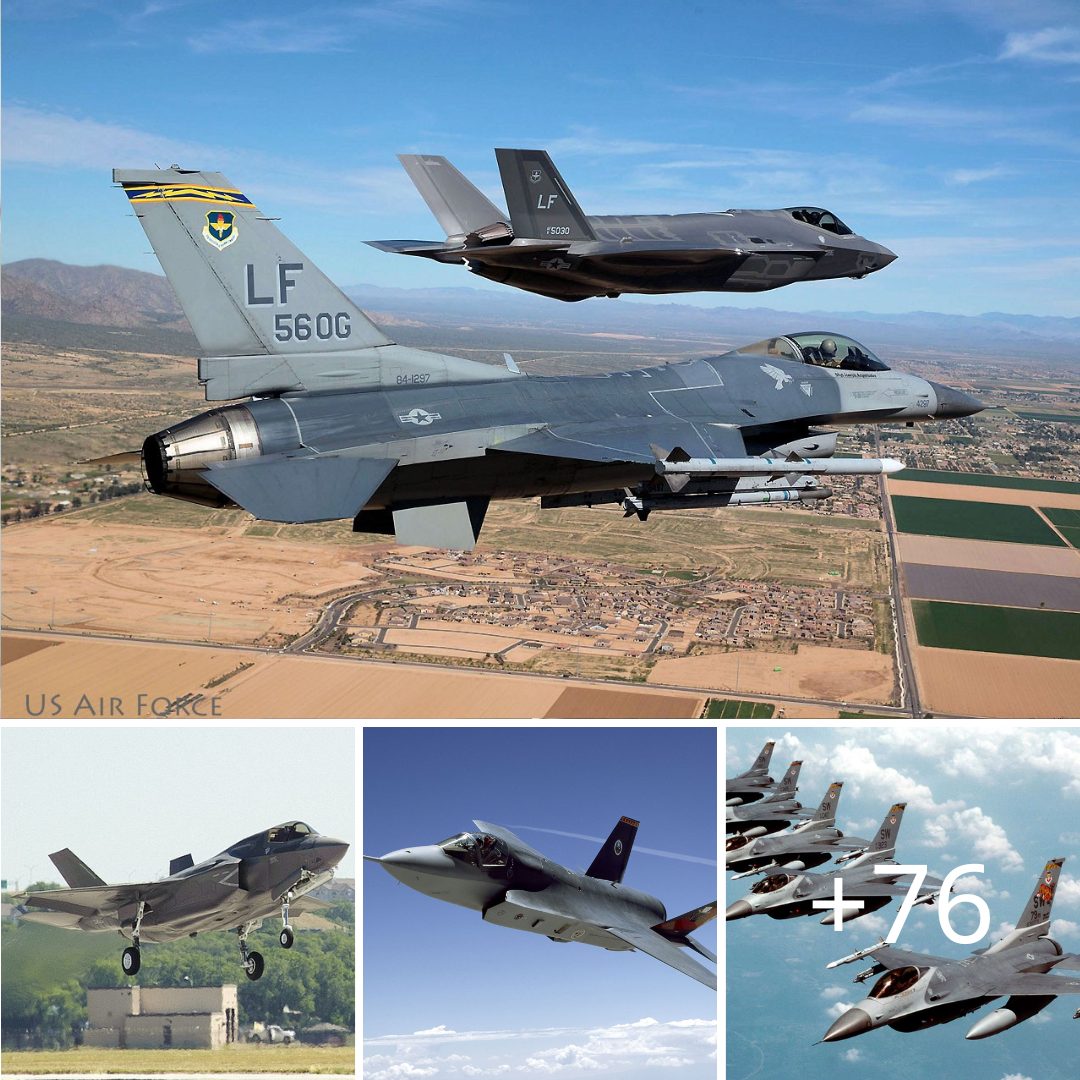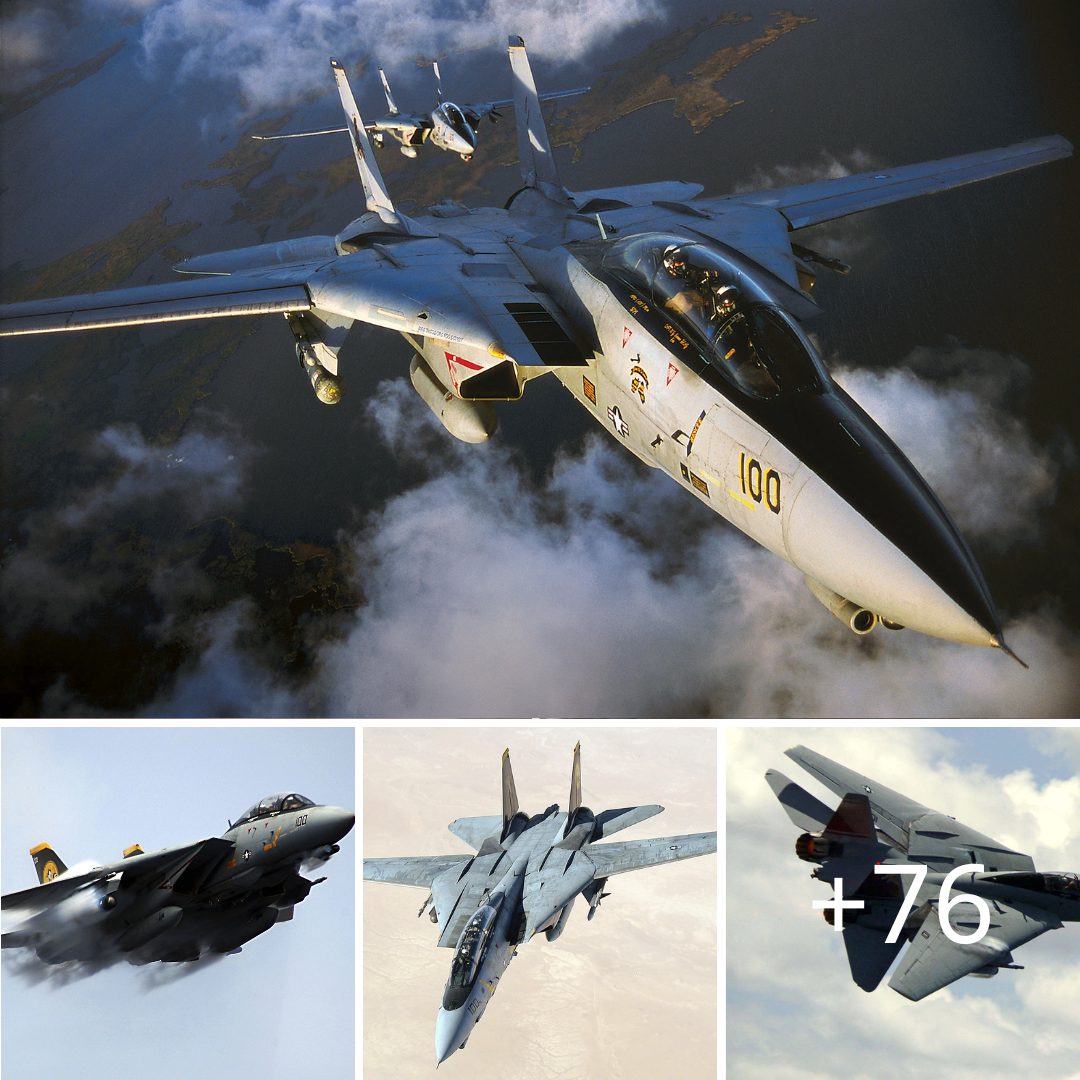Harpoon anti-ship missile is famous for its high survivability, extremely low sea-skimming altitude, low radar cross section, and high accuracy.
New anti-ship missiles and torpedoes will help India improve its deterrence capabilities in the region and strengthen its defense capabilities, according to the US Defense Security Cooperation Agency.
Defense News website on April 14, 2020 reported that the US State Department has approved plans to sell two packages of weapons to India, including anti-ship missiles and torpedoes with a total value of $ 155 million. Accordingly, India is seeking to buy 10 AGM-84L Harpoon Block II anti-ship missiles for about $ 92 million. They will also purchase 16 additional Mark 54 lightweight torpedoes and three Mark 54 exercise torpedoes for around $63 million.
The US Defense Security Cooperation Agency’s announcement is not the final confirmation of the arms deal, as there are still periods in which Congress approves it, the amount and price may change. If the deal is reached, it will be the third and fourth weapons package that India asks, and be approved by DSCA in fiscal year 2020.
Background of Harpoon anti-ship missiles
India is just one of the foreign customers interested in Harpoon, one of the most famous US missiles. Harpoon has a long history and has been the main anti-ship weapon of the US Navy since the 1970s. Harpoon participated in some of the only surface-to-surface engagements during the Cold War in Operation Praying Mantis.
From the mid-1960s the US Navy began researching a missile with a range of about 45 km. Harpoon was originally developed as a weapon against surfaced submarines, the purpose was to destroy diesel submarines that were charging batteries on the surface. However, Soviet diesel submarines of that period used snorkels to charge batteries, allowing them to remain submerged. Therefore, the original purpose of the project was changed.
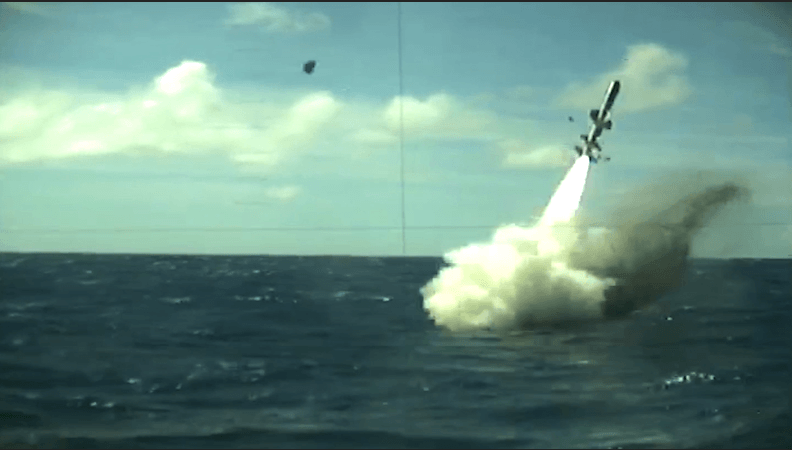
Harpoon missile
The sinking of the Israeli destroyer Eilat in 1967 by a Soviet-made P-15 Termit anti-ship cruise missile spurred Harpoon’s development. The US Navy expected the new missile to complement much-needed striking power of its surface warships. The Harpoon production contract was awarded to McDonnell Douglas, now Boeing Defense. The first Harpoon was delivered in 1977. More than 7,500 missiles have been produced so far. The price for a Harpoon Block II was about $ 1.2 million in 2011.
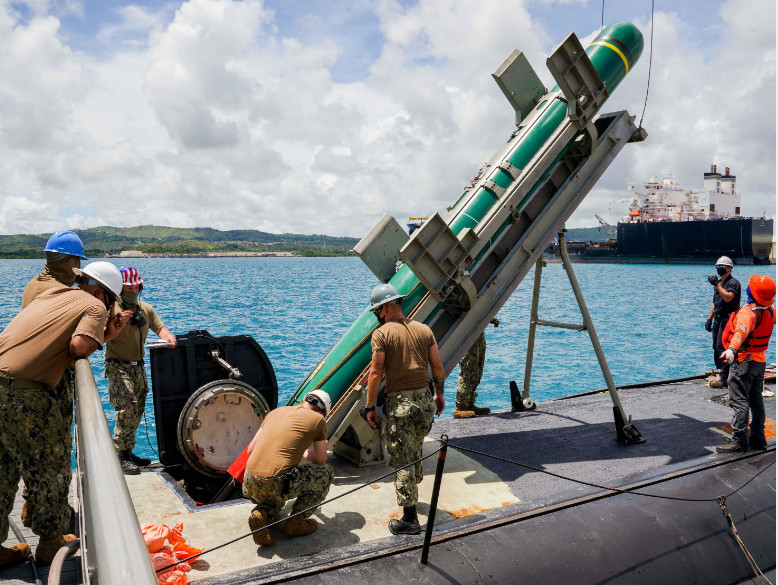
Specifications of Harpoon anti-ship missiles
Harpoon is famous for its high survivability, extremely low sea-skimming altitude, low radar cross section, and high accuracy. An appropriately configured Harpoon can be launched from a standard bomb rack, launch systems such as Mk 11, Mk 13 or Mk 141, etc. Harpoon was developed for launch on multiple platforms including: AGM-84 for fixed-wing aircraft, RGM-84 for surface ships and UGM-84 for submarines.
The standard version of the Harpoon missile is 3.8 (12.6 ft) to 4.64 meters long (15 ft), depending on the launch platform. The missile has a diameter of 34 cm (13.5 in), weight is 691 kg (1,523 lb) with booster. It carried a 221 kg warhead (488 pounds). Harpoon is equipped with a Teledyne CAE J402 turbojet that provides 2.9 kN (660 lb) thrust, and a solid-propellant booster for surface and submarine launches. The solid-propellant booster will operate during the launch phase, when the missile reaches a steady state, running out of fuel, the booster will separate itself. In the main flight phase, the turbojet engine will operate. The inertial guidance system will guide the missile in the middle phase, active radar will operate in the final phase. The original Harpoon versions can reach a range of 124 km, cruise speed of 864 km/h.
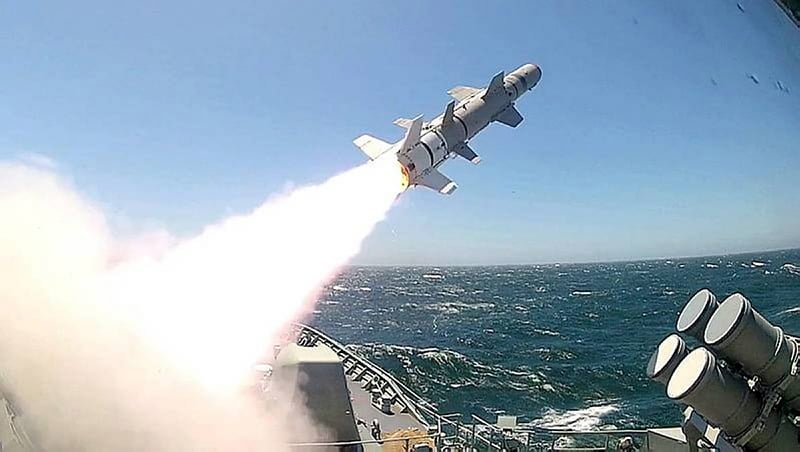
Harpoon missile
McDonnell Douglas and Boeing for nearly half a century have continuously improved to increase the range for Harpoon cruise missiles. Accordingly, in the early 1990s, the US Navy began receiving a version of Harpoon with a larger fuel tank called RGM-84F Block 1D, reaching a range of up to 278 km (150 nmi).
In 2011, the US Navy signed a $ 120 million contract to buy 60 Harpoon Block II missiles. The new Harpoon featuring an improved GPS navigation and data transmission system, allowing for more updated target information in flight itinerary. The AGM-84L Block 2 version has a range of 278 km (150 nmi).
In April 2015, Boeing introduced an improved version of the RGM-84 Harpoon called “Harpoon Next Generation”. It increases the ship-launched Harpoon missile’s range up to about 310 km (167 nmi) with a lighter warhead of 140 kg and an upgraded radar system. In this way, it can be seen that the Harpoon missile versions used by the US Navy have very long range, fully capable of responding adequately to the Russian or Chinese warships.
AGM-84 Aerial launch versions are also constantly upgraded. For example, the AGM-84D Block 1C version reaches a range of 220 km, AGM-84F Block 1D reaches 315km, AGM-84H Block 1G reaches 280km.
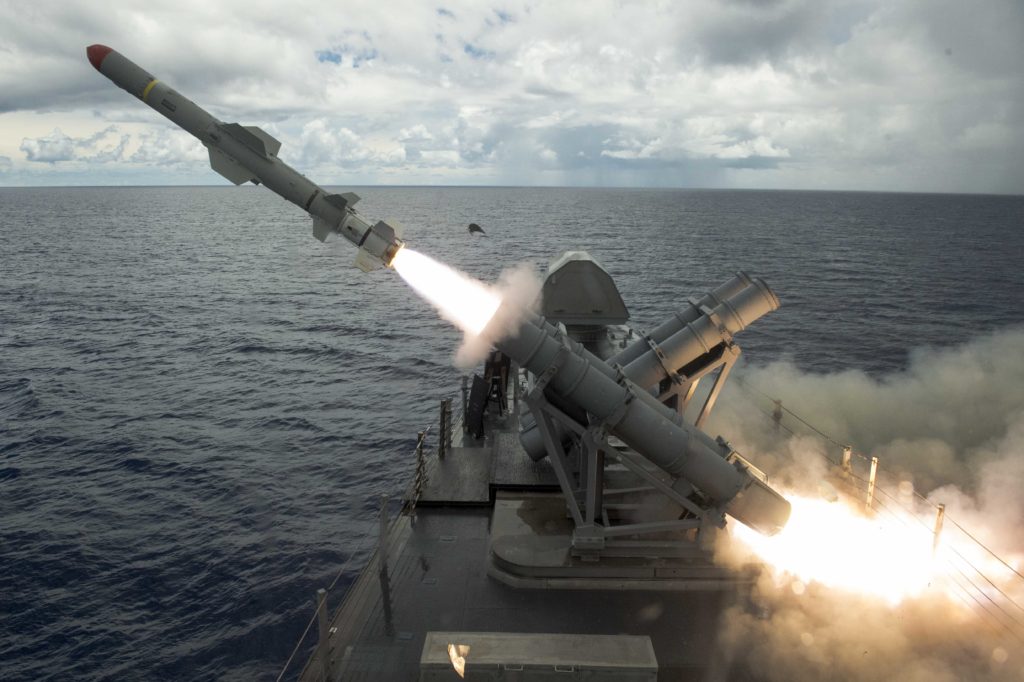
Harpoon missile
Harpoon missiles can be deployed on most US Air Force fighter jets, including B-52H bombers. In addition, Western fighters like Typhoon and JAS-39 Gripen can do the same. However, the UGM-84 version for submarines has hardly been upgraded much, their range is still limited to 140km.
The Harpoon first saw combat in 1980 in the Iran-Iraq War. Since then, it has also been used in US-Libya conflicts of 1986, 1988 US operations in the Persian Gulf. In its operational history, the Harpoon cruise missile has made countless achievements, not inferior to the Russian-Soviet missile lines. For example, in 1986, the US Navy sank two Libyan patrol boats with Harpoon; in 1988 the Harpoon rocket was used to sink the Iranian frigate Sahand during Operation Praying Mantis.
Currently, there are about 30 countries and territories equipped with this type of missile. Typical countries include Australia, South Korea, Canada, Brazil, Saudi Arabia, Pakistan, Egypt, United States, Taiwan, Germany, Turkey, Israel, India, Japan and the United Kingdom. It can be said that Harpoon is one of the rare anti-ship missiles that can be deployed on surface warships, submarines, fighters and even the coast mobile versions.
Soucre: military-wiki.com
